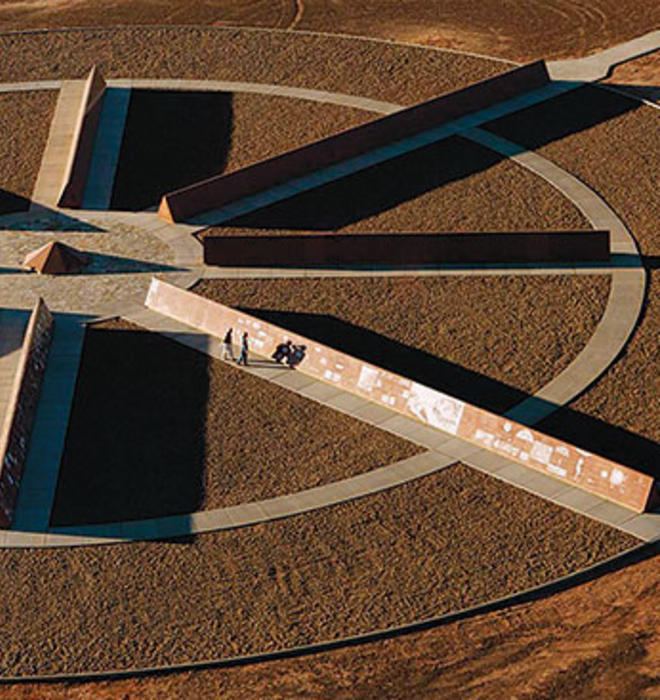
THE MUSEUM OF HISTORY IN GRANITE (Felicity, Calif). “Quirky” doesn’t begin to describe this museum, which purports to depict the history of humanity on 400 huge granite slabs set in the middle of the California desert, near Yuma, Ariz. It also features the Parachuting Hall of Fame and a bronze plaque marking “the center of the world.”
The Ultimate PAW Road Trip
The museum was founded in 1986 by Jacques-Andre Istel ’49, who also founded the community of Felicity. Istel has been Felicity’s only mayor.
THE TRAGIC DEATH OF TILLIE LAMAR 1886 (Augusta, Ga.). Henry Cumming “Tillie” Lamar 1886 returned a punt 90 yards to beat Yale in 1885, one of the most celebrated plays in Princeton football history. He became a minister but died tragically March 10, 1891, as he was trying to save his fiancée from drowning in a canal. A granite stone marks the spot.
THE BEGINNINGS OF THE ATOMIC BOMB (Chicago, Ill.). A plaza on the campus of the University of Chicago stands on the site of one of the most important technological breakthroughs in human history. Here stood Stagg Field, the University of Chicago stadium, where during World War II the university’s Metallurgical Laboratory, under the direction of physicists Arthur H. Compton *1916 and Henry DeWolfe Smyth 1918 *1921, produced the first controlled nuclear chain reaction, a key step in the development of an atomic bomb.
JOHNNY POE 1895 AND A GOLD MINE (Goldfield, Nev.). Johnny Poe, one of six brothers to attend Princeton, was a football star and self-described mercenary who volunteered for wars around the world. In between, he took what jobs he could and in 1905 worked as a watchman in a gold mine in the small mining town of Goldfield, earning $7 a week. He was killed in action in 1915, fighting for the British army in World War I.
THE GRAVE OF HARLAN PECK 1862 (Milton-Freewater, Ore.). We know that Harlan Page Peck wrote the lyrics for “Old Nassau,” submitting them in a contest sponsored by the Nassau Literary Magazine. What happened to him later was a mystery. After fighting in the Union Army, Peck married and became a minister, but then left his family and traveled to Oregon, where he disappeared. Rumored to have died in a shipwreck in 1879, it has since been discovered that he died in 1903 and is buried in the Old Pioneer Cemetery in the rural town of Milton-Freewater.
ADVENTURER RICHARD HALLIBURTON 1921 Home (Brownsville, Tenn.) and grave (Memphis, Tenn.). In his short life, Richard Halliburton climbed the Matterhorn, traveled with the French Foreign Legion, retraced the voyage of Odysseus, and swam the length of the Panama Canal. He disappeared in 1939 while trying to sail a Chinese junk across the Pacific.
Browse more than 300 Princeton-related sites around the United States
Although pieces of the boat washed ashore several years later, Halliburton’s body never was found. A marker stands outside his boyhood home in Brownsville; another, reading “Lost At Sea,” stands over his empty grave in a Memphis cemetery.
THE CLAY-RANDOLPH DUEL OF 1826 (Arlington, Va.). On April 8, 1826, Henry Clay faced John Randolph 1791, who had attended Princeton but never graduated, after Randolph insulted Clay in a congressional speech. The men fired four shots, all of which missed, and no one was hurt. A sign in this Washington, D.C., suburb marks the spot. Ironically, 19 years earlier Randolph had been foreman of the grand jury that indicted Aaron Burr 1772, who fought a more famous duel, for treason.


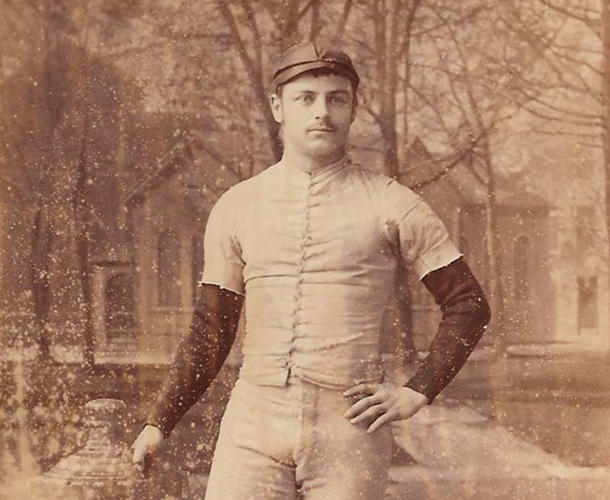

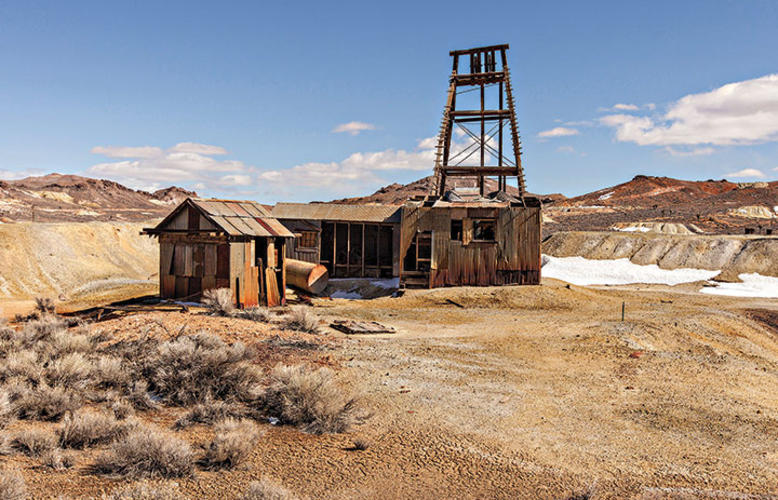
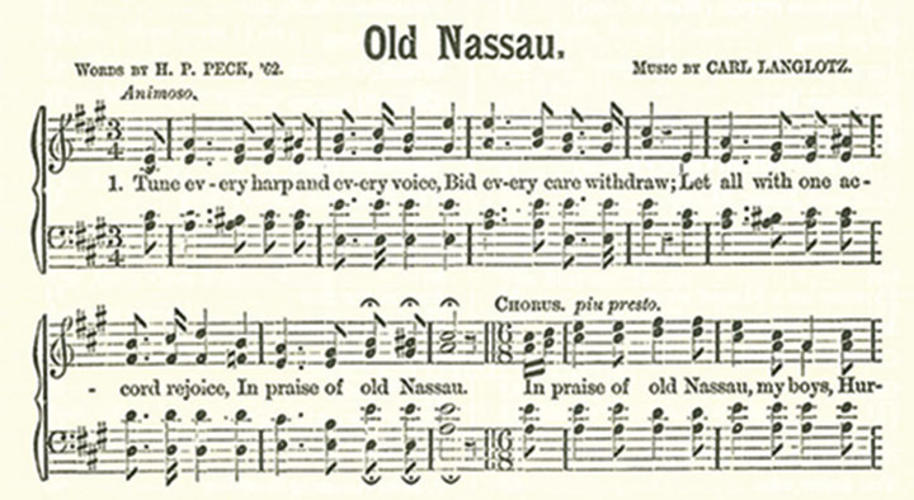
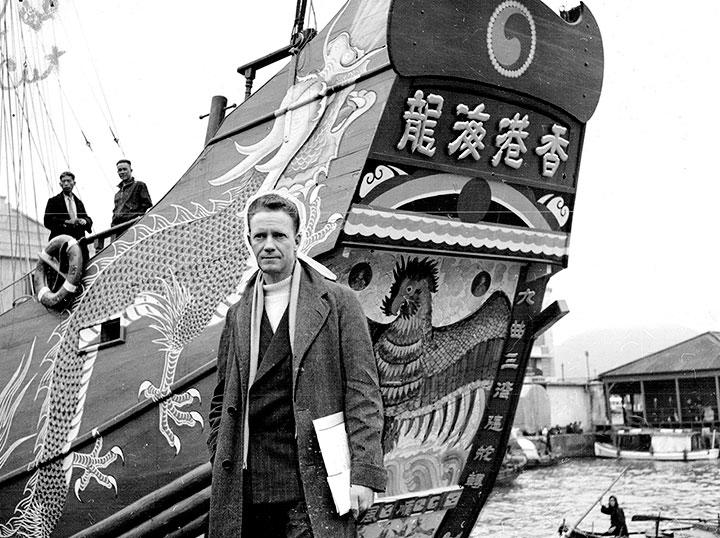





No responses yet